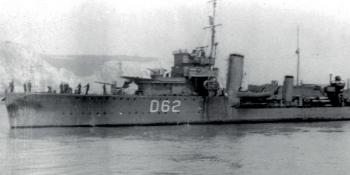75th Anniversary
The daring 1944 break-out by 76 Allied PoWs wove Stalag Luft III into wartime legend, but what is remembered as a great triumph masks greater tragedy. James Hoare follows the Great Escape from ‘sport’ to slaughter.
Located near the town of Sagan (Żagań in Polish) in Lower Silesia, Stalag Luft III was one of the Second World War’s bestknown PoW camps for captured airmen, imprinted in the popular imagination by 1963’s rip-roaring big screen thriller, The Great Escape.
First used as a prison in the Great War, the sandy soil made digging for victory an exercise in futility and the dense coniferous forest deprived escapees of anywhere to run to. The later incarnation was established in 1942 by the Luftwaffe to house enemy air force officers, but as increasing numbers of prisoners needed to be accommodated more forest was cleared and new singlestorey pine barracks sprang up on an evenly spaced grid to make room for NCOs.
A double barbed wire fence not only separated the prisoners from liberty, but also separated the North, South, East, West and Centre Compounds – each one made up of 15 barracks – from each other, as well from the guards’ camp, hospital blocks and other administration facilities.




